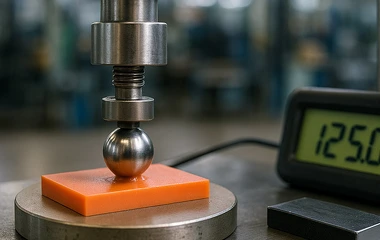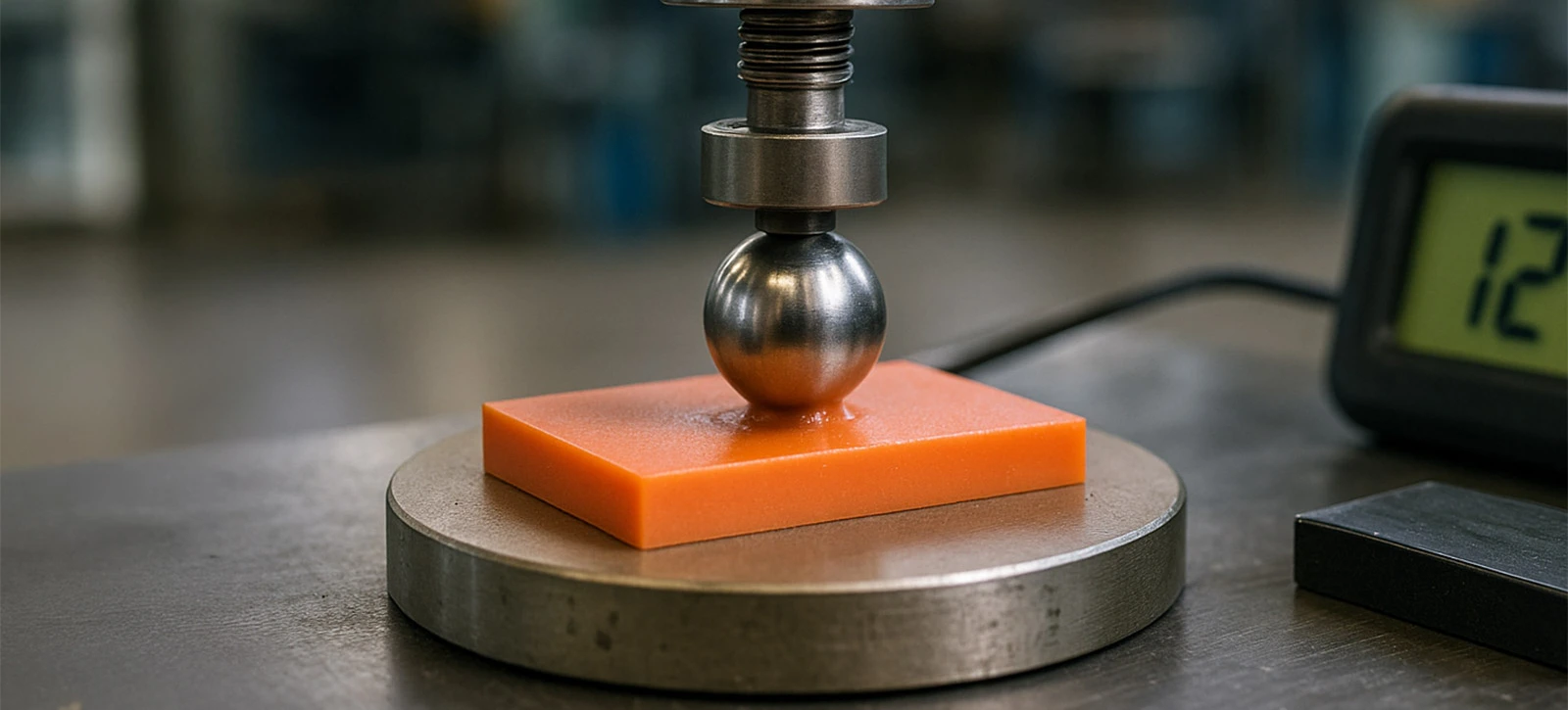
What Ball Pressure Checks
Heat Resistance Under Load
The method places a steel ball on the material at a set temperature and load and then measures the indentation. The result indicates whether the part can resist deformation under heat in service. The required temperature and acceptance criteria come from the relevant product standard. Share your target and we will advise suitable materials and thicknesses.




